Last week I returned to the site of the My Lai Massacre on Vietnam's central coast. It's almost 20 years since my first visit in 1993.
My Lai (in Vietnam it's known as Son My), is about 8kms outside of Quang Ngai city. The area is still mainly rural as it was in 1968, with shimmering rice paddies and soaring palm trees.
In 1993, I was travelling with a group of friends on a trial tour for Travel Indochina, a small group travel company that Paul Hole and I would soon launch in Sydney. I was in the early years of a fascination with Vietnam and its history that has continued to this day.
The My Lai visit was especially memorable for all in our group. We were Australians in our mid to late twenties. The guide at the memorial, Huong, gave a simple hearfelt account of the terrible events that took place almost exactly 25 years prior to our arrival. I heard Huong's talk on several subsequent visits. Travellers were always moved.
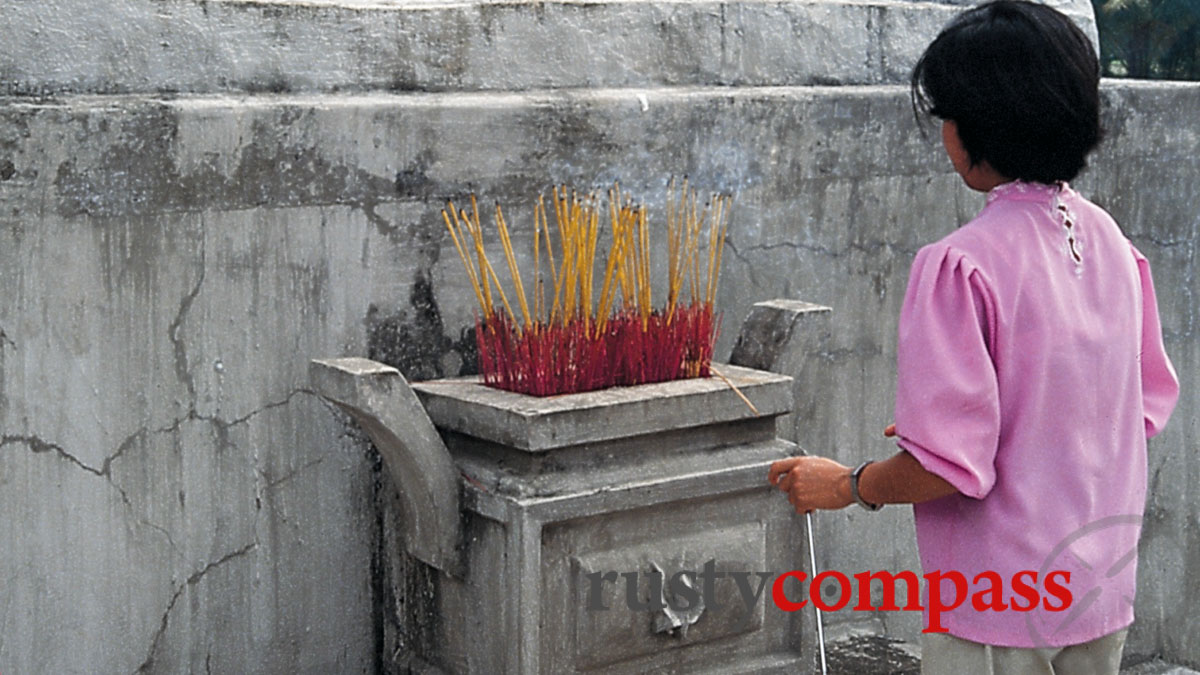
Photo: Mark Bowyer Ms Huong places incense at the My Lai Memorial in March 1993.
On my most recent return visit to My Lai last week, plenty had changed at the site. It was much expanded with new buildings and new exhibits. And Ms Huong had recently stopped guiding. I wasn't surprised. Daily contact with such a wrenching event, as well as the emotional reactions of visitors, must have been incredibly draining.
One thing seemed not to have changed though. Just like in 1993 and all visits I've made since, we were the only people at the memorial.
American soldiers slaughtered around 500 villagers at My Lai on March 16 1968. Most of the victims were women, children and old men.
It took some determined investigation and over a year for news of the massacre to see the light of day.
The US military worked assiduously to hide the horrors. In his regular account of military action and body counts, known to journalists as the "Five o'clock follies", the US Commander in Vietnam, General Westmoreland, described only a fierce battle with Viet Cong. No Viet Cong had been encountered.
It was twenty months before the facts became widely known.
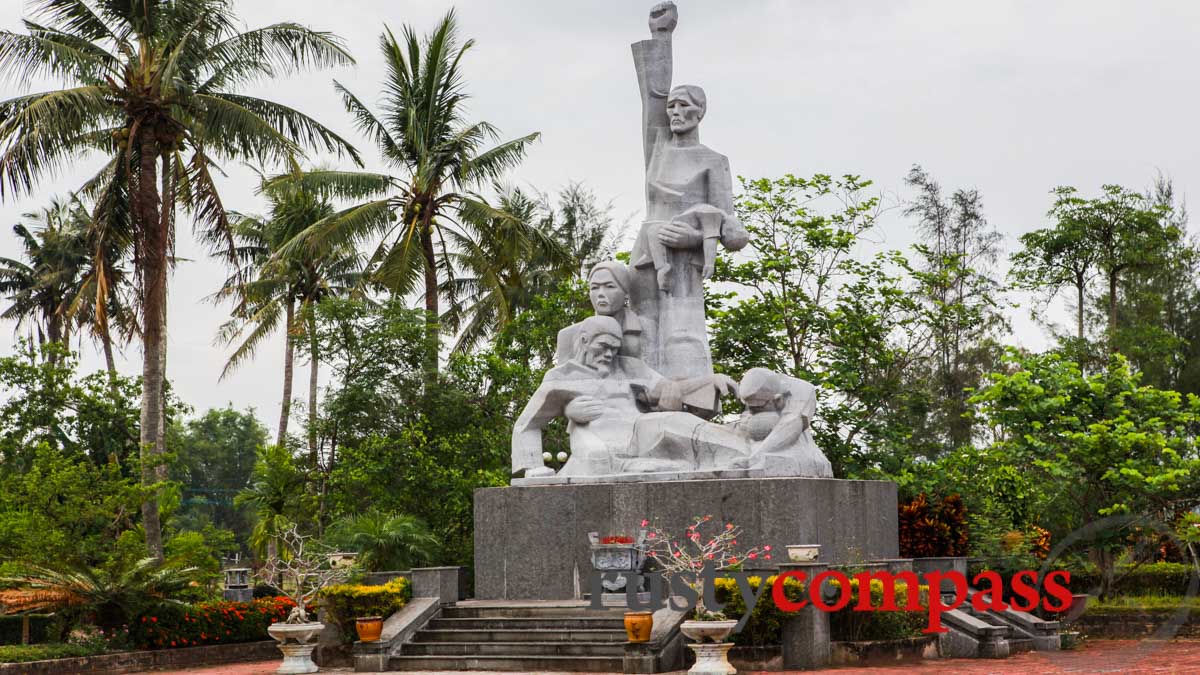
Photo: Mark Bowyer My Lai Massacre Memorial, Quang Ngai
The My Lai Massacre became an international scandal for the US and another drag on the legitimacy of a war that was tearing the US apart politically and Vietnam literally.
Despite the global outcry and a comprehensive US military investigation, no real justice has ever been achieved for the victims and the families of My Lai.
William Calley, the only man convicted over the massacre, served three years under house arrest. President Nixon intervened in the judicial process on his behalf. Calley has lived freely in the US since the 1970s. He apologised for his role in the massacre in 2009.
Son My is one of several hamlets in the area, ravaged in the massacre. History seems unclear as to whether My Lai was an isolated event, or isolated only in the international attention that it attracted. Attacks on villagers were commonplace, and while My Lai may have been a continuation of a pattern of atrocities, the casualty count and brutality were exceptional.
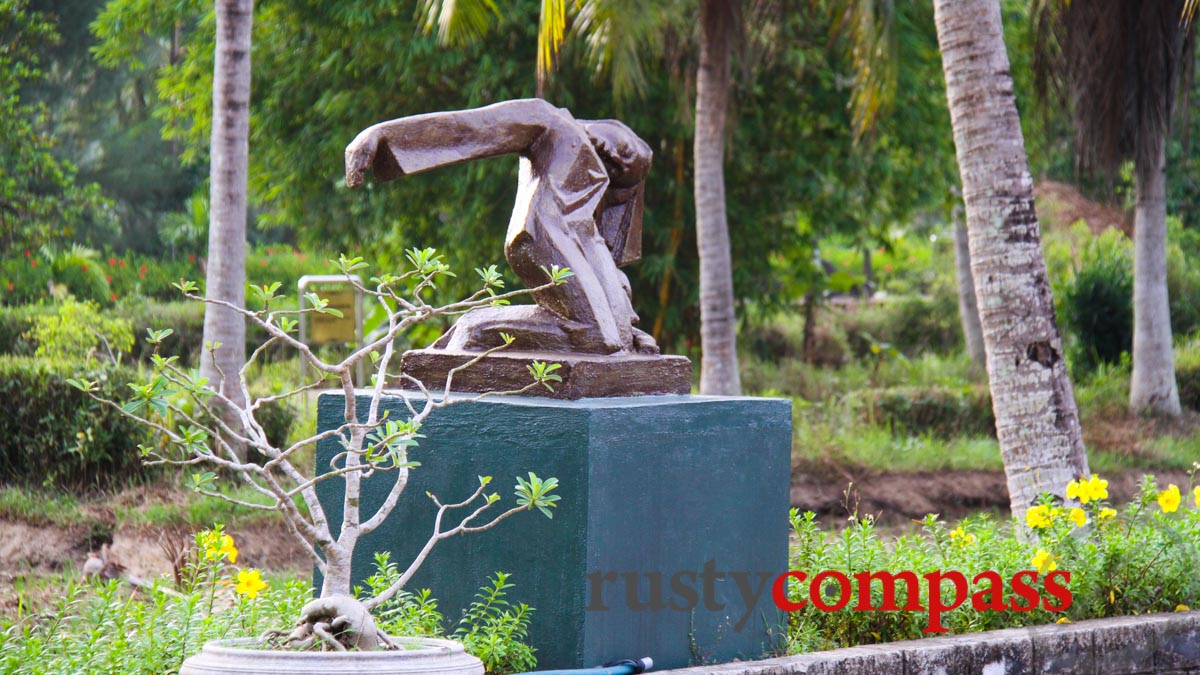
Photo: Mark Bowyer My Lai Massacre Memorial, Quang Ngai
Quang Ngai has long been among Vietnam's poorest provinces and it was fertile ground for anti-colonial agitators during the French occupation, and later for Viet-Cong recruitment during the war with the US backed South Vietnamese Government. One of Vietnam's most celebrated communist leaders, Pham Van Dong, Prime Minister of North Vietnam and then united Vietnam for an extraordinary 32 years until 1987, was born here. US servicemen dubbed the area around My Lai, "Pinkville".
A memorial was established at Son My in the decade after the Vietnam War ended in 1975. It's been progressively expanded since then. The days of a small room with a bust of Ho Chi Minh and a few shocking photos explained by a local guide, have gone.
Now, the memorial includes a new museum complex with a gallery of horrific images from the day, as well as wider comment about the war waged by the US in Vietnam. The grounds have been expanded with markers of where the huts belonging to the victims once stood. There are also plastic life size models of bludgeoned farm animals. The senseless orgy of killing at My Lai was not confined to people.
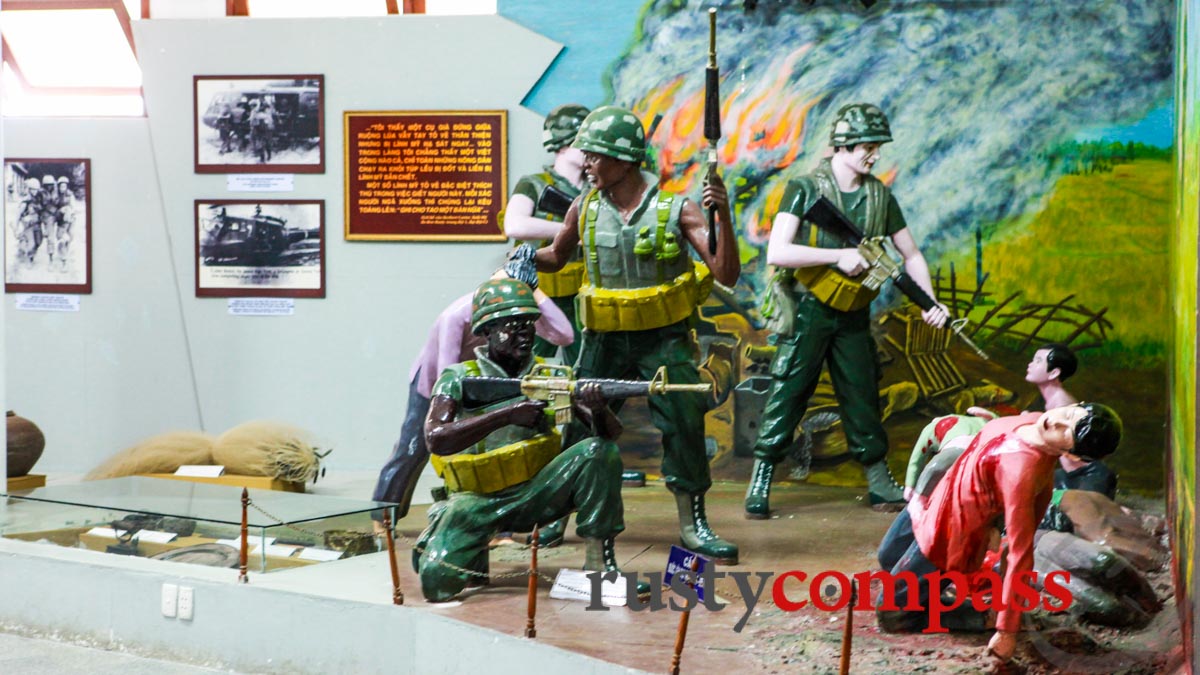
Photo: Mark Bowyer The museum at My Lai.
The exhibit has surprisingly little to say about the failure of the victims and their families to ever obtain any justice. It's a strange omission since the presentation is otherwise unsurprisingly heavy-handed in its political message.
It’s also gracious in acknowledging the efforts of a handful of US servicemen who, under the leadership of Hugh Thompson Jr, tried to stop the massacre and rescue threatened and wounded villagers. The global outrage following the massacre is also acknowledged.
The commemoration of something as shocking as a massacre of women, children and the elderly is always going to present enormous challenges - some political, some cultural and some historical. And so it is at My Lai.
I can't help but feel though, that the more simple, solemn memorial of 1993 came closer to achieving a sense both of horror and of helplessness. And that this was more effective in connecting the visitor to the terror of the massacre.
The models of bludgeoned buffaloes and other farm animals are too much. They are invasive and look childish. And they preclude the very personal encounter of emptiness that the 1993 smaller memorial set in rice paddies enabled.
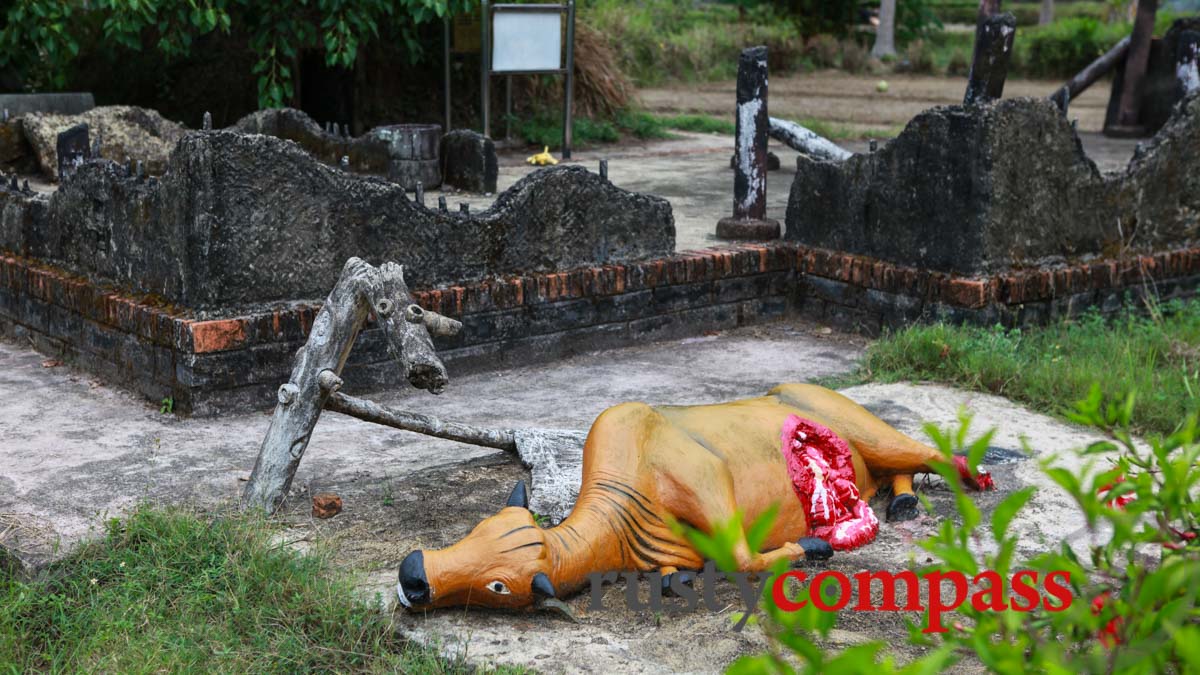
Photo: Mark Bowyer These plastic animals add nothing to the solemnity of the site.
All around the My Lai site, Vietnamese rural life continues. For many it's changed little since the 1960s. Modern Quang Ngai also feels less touched by the wave of development that's swept through Vietnam since the 1990s. It remains very poor.
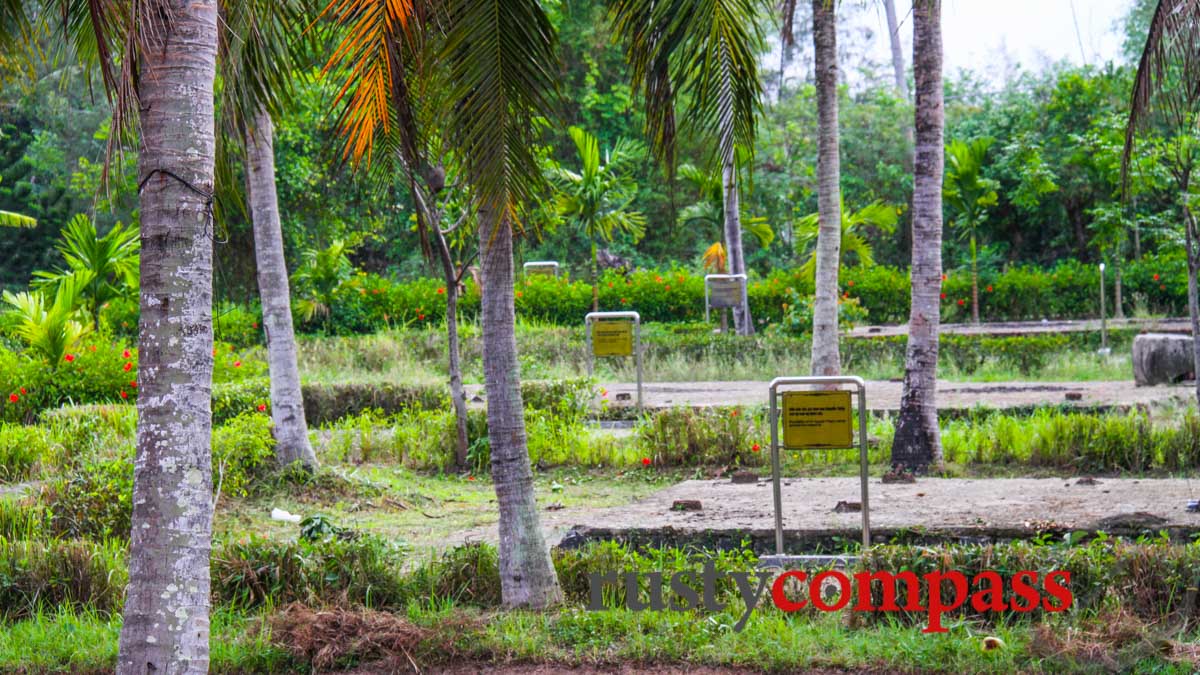
Photo: Mark Bowyer The site of one of the villages destroyed in the massacre.
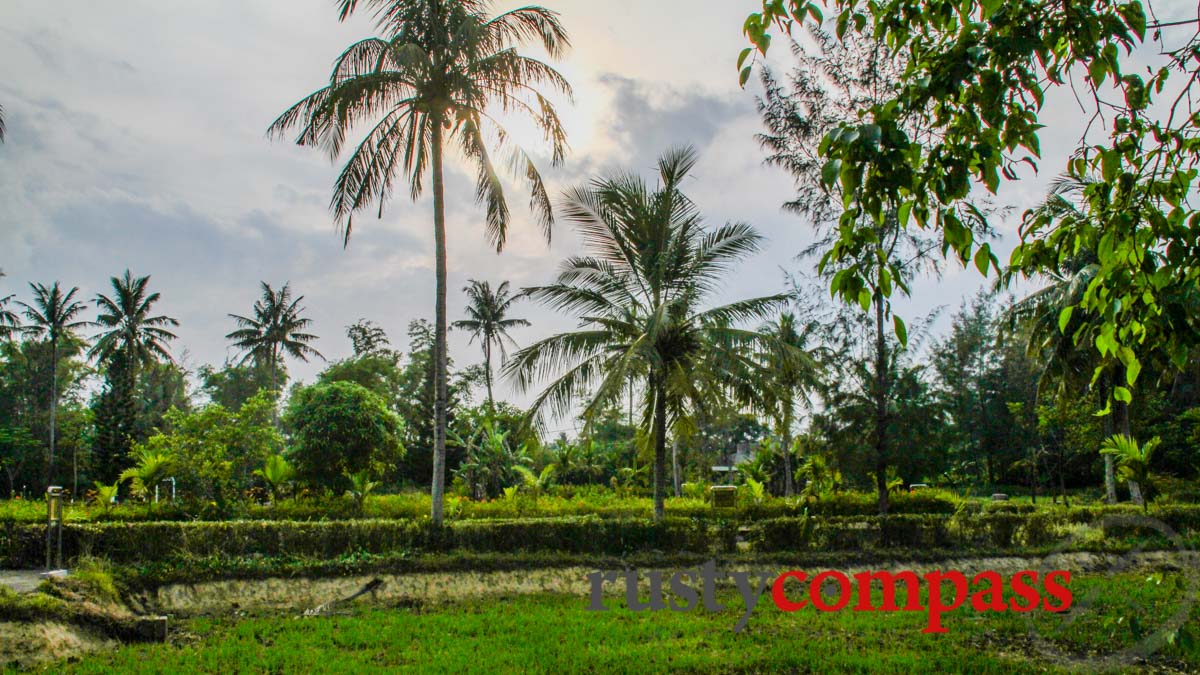
Photo: Mark Bowyer The My Lai site
If you're travelling to Vietnam with war history in mind, be sure to carry a copy of Neil Sheehan's A Bright Shining Lie. It’s a hefty read so an eReader edition might be a good option. A Kindle edition is available. It has a detailed account of My Lai as well as other major events of the war.
In the video below, Seymour Hersh, the journalist who won a Pulitzer prize for his pursuit of the massacre story, reflects on the fortieth anniversary of the massacre.
Travelling to My Lai (Son My)
A visit to My Lai is only for the determined, or those travelling the country overland along Highway 1. The nearest most travellers will get to My Lai is in Hoi An, which is 120kms and around 2.5 - 3 hours north along Highway 1. The road is busy with heavy trucks and buses with only a few pockets of picturesque scenery. It passes the former US base at Chu Lai. There is no evidence of the base now apart from the airport.

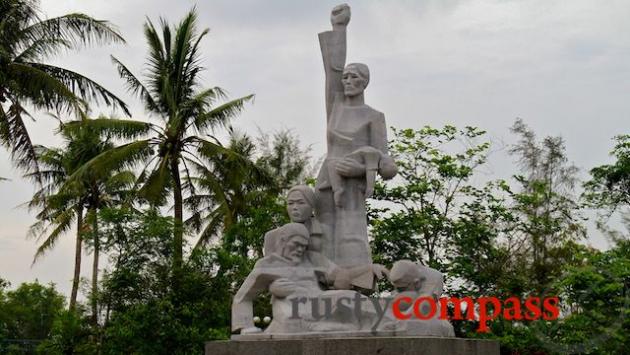



There are no comments yet.